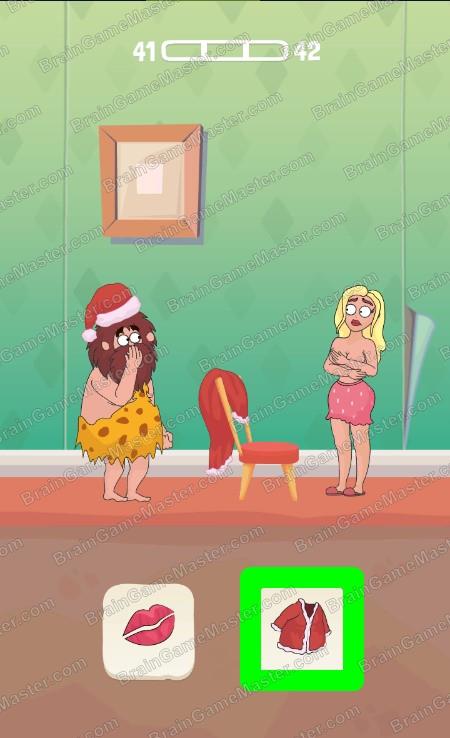
When following Andrew within his imagination, the puzzles are more surreal. The second view-point is the dream-like imagination of Andrew. The first puzzle involves making a sandwich for example, there’s another one about escaping the kitchen, that Oliver has locked her in. The first is the rather mundane view of Mary where we follow her performing fairly ordinary tasks in order to just get by. The other difference I referred to earlier is that Little Kite is seen through two viewpoints. It’s a tiny gripe, and doesn’t detract from the game. I would have preferred it to be toggle, so you can turn them all on and off at will. My one gripe with this is that they soon disappear meaning you spend a lot of time clicking on this eye icon. There are two slight differences that Anate Studios have included that separate this from the run-of-the-mill.įirstly, there is an icon of an eye that when clicked will show you all the interaction points in that scene. You walk through a variety of fairly static scenes, picking up, and using objects to help you solve a variety of puzzles. The gameplay itself is a fairly simple point and click adventure affair. I was even attempting this with the toy dinosaur, which unsurprisingly didn’t work. Even from the very start of the game I was trying to use every object I could on Oliver, hoping that one of them would knock him out. Like I said, these are pretty upsetting adult topics.

That of Mary, who’s patience and inaction, have become so habitual and convenient for everyone but little Andrew, and Andrew himself who’s story is driven by a number of dreamlike imagination scenes, where he learns to deal with the chaos and despair around him.

The game takes you through two different stories. However, with Oliver’s inability to manage everyday life, he takes up drinking and becomes increasingly violent towards them. When the husband dies in a car crash Mary is left alone with Andrew, and eventually she marries Oliver in the hope that she’ll once again have a family. Since the Magic E was new to most of my students, we started by working with just one vowel sound at a time, beginning with the long A sound.Īfter all the students had a chance to practice each vowel sound individually, I mixed up the cards and had the students work on completing all the kite puzzles.During the first few storyboard screenshots of the game you are introduced to Mary, her husband and her son Andrew. I spread one set of cards out on a table – placing the picture cards at the top and the word cards at the bottom. I then explained that we were going to be practicing reading Magic E words by matching the picture on the kite with the word below the string. The letter I in the word kite makes the long vowel sound because of the Magic E at the end. Once I had given several students opportunities to share, I asked them to look at the word kite. When a student mentioned flying kites, I wrote kite on the board. To introduce the game, I asked the kids what their favorite springtime activities were. That silent E uses its magical powers to change the sound vowels make, so we call words that have one “Magic E words.” Magic E Kite Puzzles These words get their name because the silent E at the end of the word makes the middle vowel say its name.įor example, the A in “cake” makes the long A sound.Īnd the O in “hose” says the long O sound. Next, I cut apart each of the 20 puzzles and placed the puzzle pieces in plastic bags according to their vowel sound: A, E, I, O and U. To prepare this activity, I printed all of the kite puzzles on cardstock and laminated them for durability.
The kite game puzzle free#
Grab the free puzzles below and then make sure to hop over and grab our Vowel Team Centers for more word work! These colorful kite puzzles are the perfect way to introduce “Magic E” words AND bring a little spring into your classroom.


 0 kommentar(er)
0 kommentar(er)
